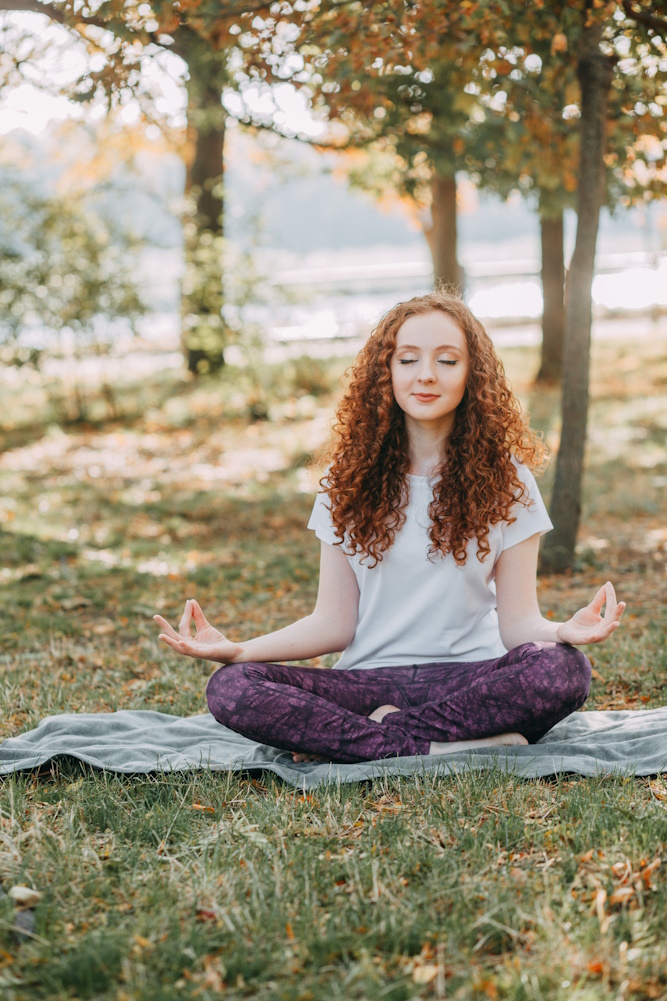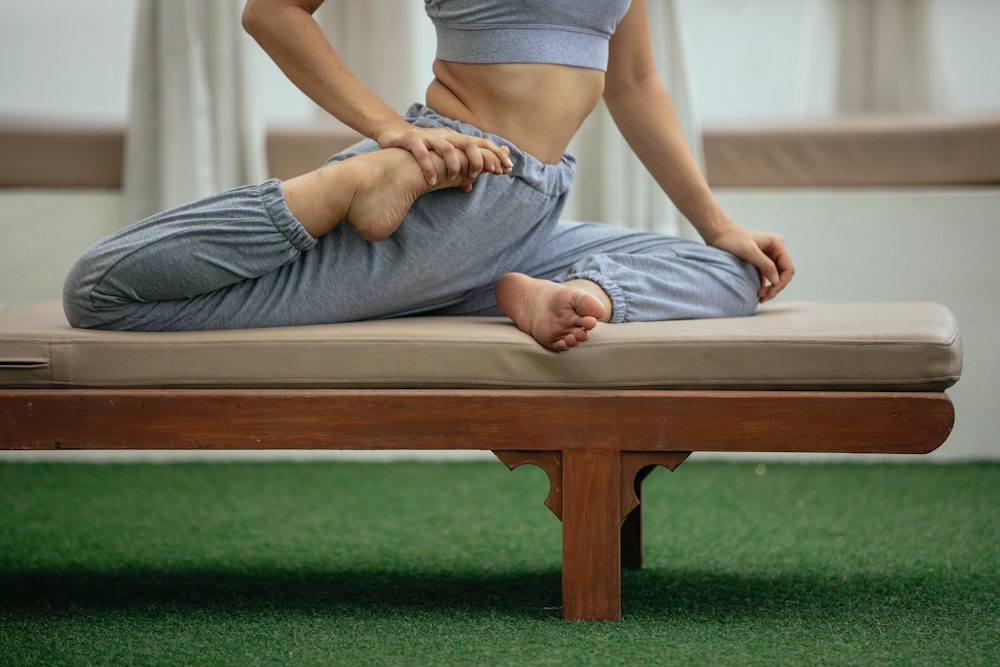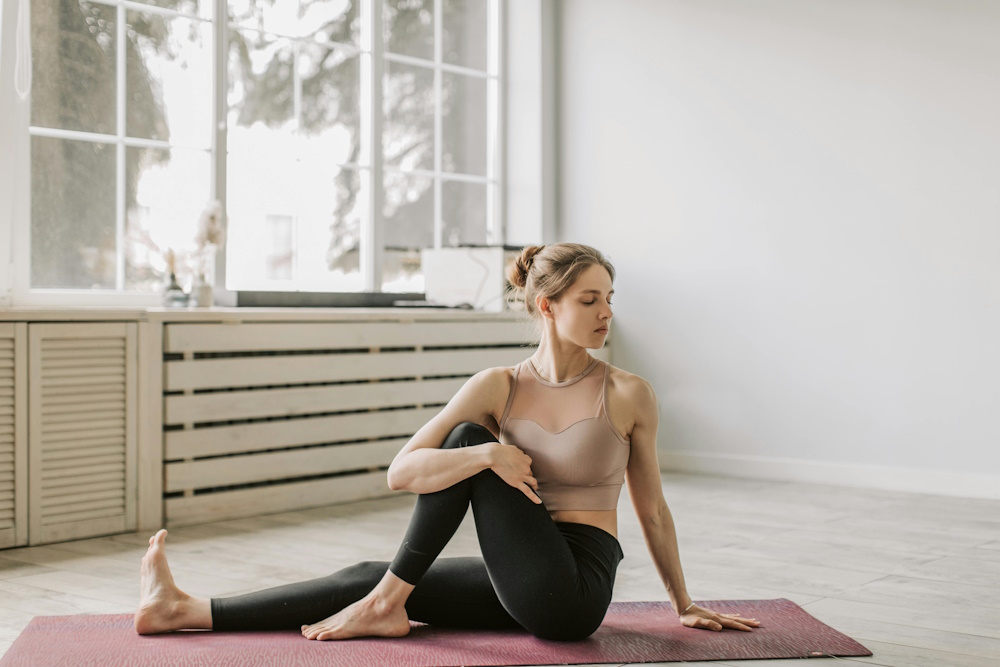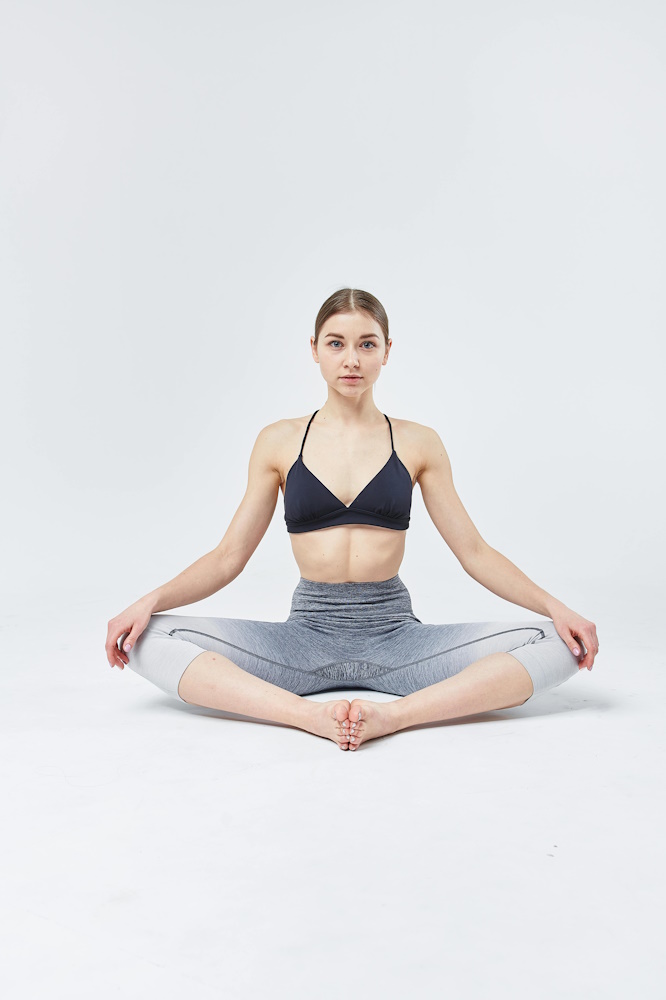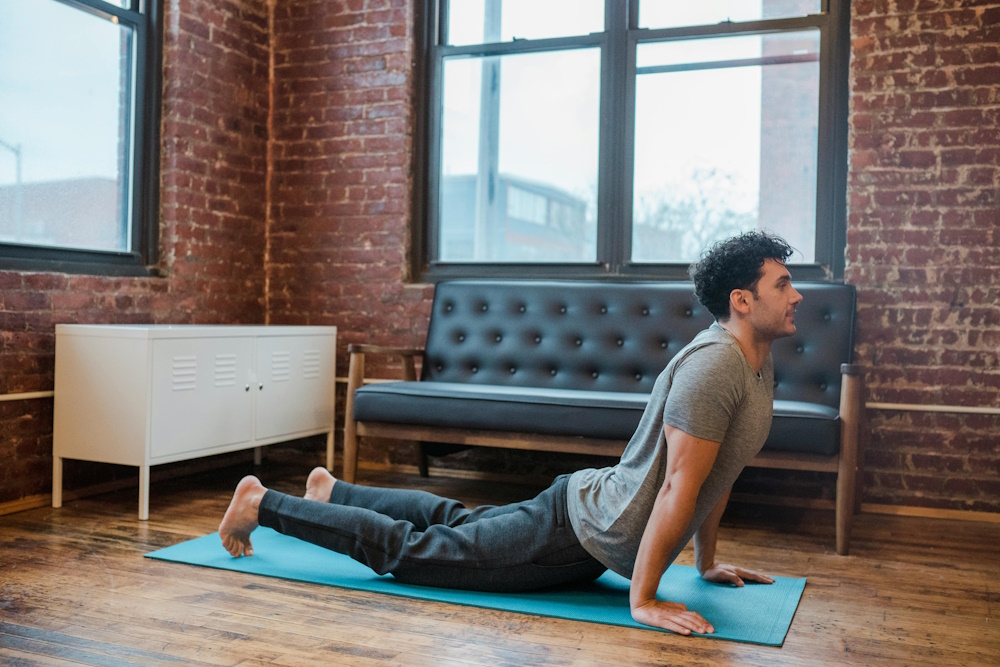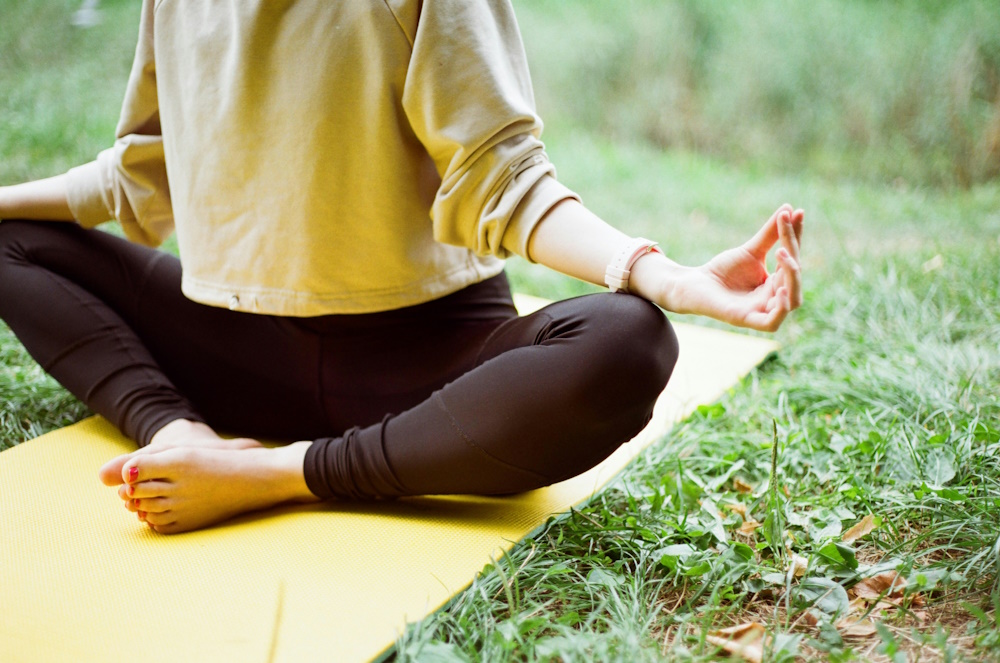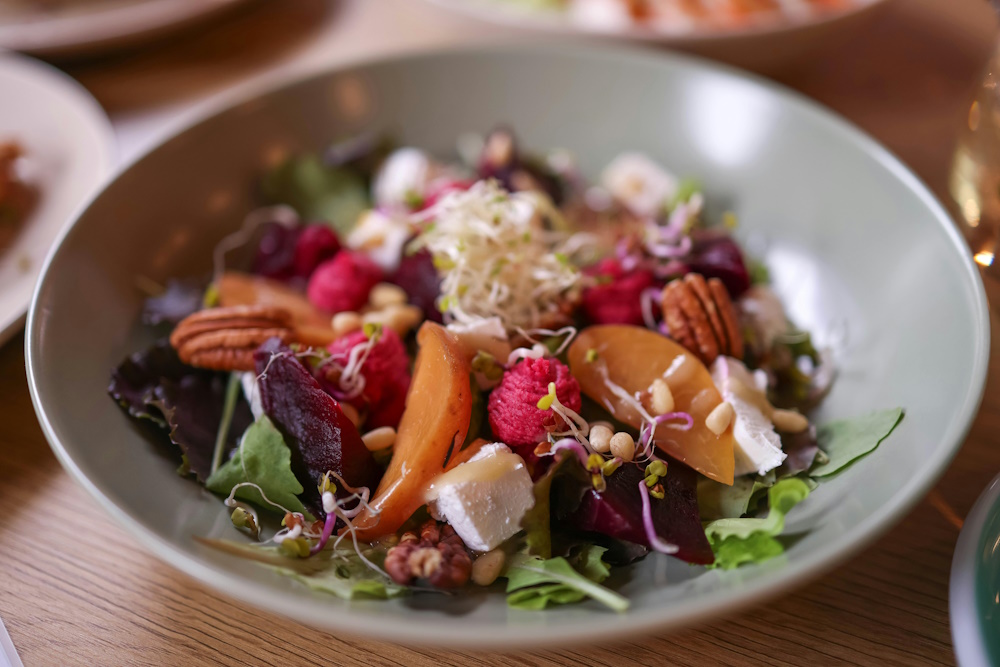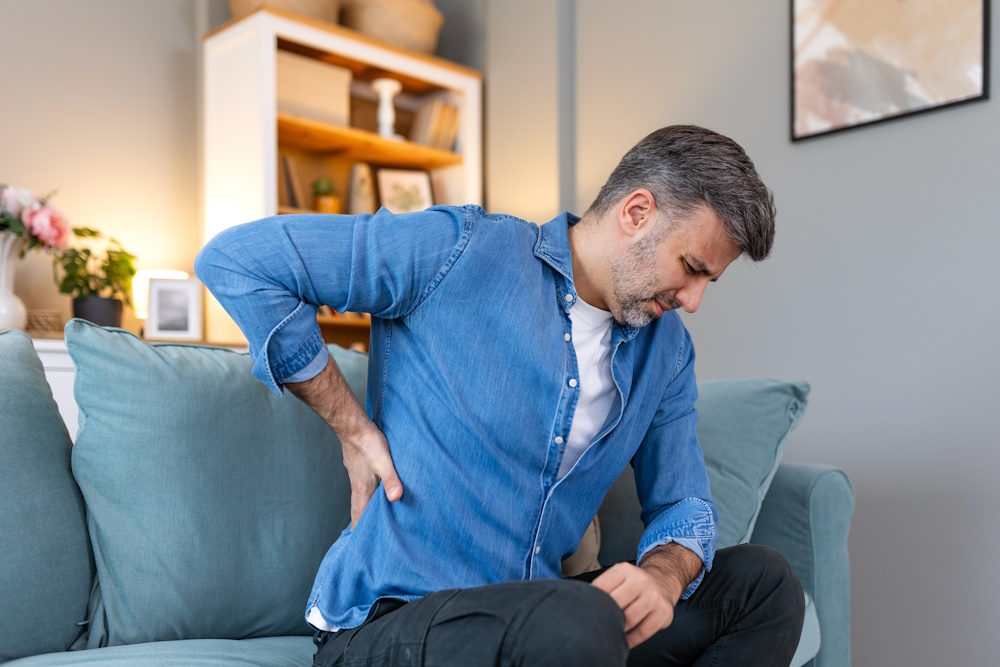Selecting the right clothing for your Pilates practice is essential for comfort, flexibility, and effectiveness. Here are some guidelines for choosing suitable Pilates attire:
Comfortable and Breathable Fabrics: Opt for clothing made from comfortable and breathable materials such as cotton, moisture-wicking blends, or lightweight synthetics. These fabrics allow your skin to breathe and help manage sweat during your practice.
Form-Fitting but Not Restrictive: Choose clothing that fits well but is not overly tight or constricting. Form-fitting garments allow your instructor to observe your alignment and movements. Loose, baggy clothing can make it difficult to assess and correct your posture.
Layers for Versatility: Depending on the temperature of your Pilates studio, consider dressing in layers. You can start with a tank top or a sports bra as your base layer and add a lightweight long-sleeve shirt or a hoodie for warmth.
Appropriate Support: For women, a sports bra that offers adequate support is essential. It should hold you comfortably in place during various Pilates movements. Look for a sports bra that suits your body type and the level of impact in your Pilates class.
Flexible Bottoms: Choose pants or leggings with a good amount of stretch. Pilates involves a wide range of movements, including stretching, bending, and flexing, so you’ll want bottoms that move with you. Capri-length or full-length leggings are popular choices.
Non-Slip Socks: Many Pilates practitioners prefer to wear non-slip socks with grip on the soles. These socks provide stability and prevent your feet from sliding on the Pilates equipment or the mat. If you prefer to go barefoot, ensure that the studio’s floor or mats are clean and hygienic.
Stay Away from Zippers and Snaps: Clothing with zippers, snaps, or other hard metal parts can be uncomfortable during certain Pilates exercises, especially when lying on your back. Opt for smooth, flat seams and avoid clothing with embellishments that may dig into your skin.
Neutral Colors: While it’s not a strict requirement, neutral or dark-colored clothing is often preferred because it’s less likely to show sweat and is easier to mix and match. However, feel free to express your personal style through your choice of colors and patterns.
Layer for Warm-Up and Cool-Down: It’s a good idea to have an extra layer, such as a lightweight jacket or a sweatshirt, to keep warm during the warm-up and cool-down phases of your Pilates class.
What not to wear to Pilates?
While there are no strict rules about what not to wear to Pilates, there are a few considerations to keep in mind to ensure a comfortable and effective practice:
Avoid Baggy Clothes: Baggy clothing can make it difficult for your instructor to assess your body’s alignment and may hinder your movements during certain exercises.
Steer Clear of Jewelry: Jewelry, especially necklaces and bracelets, can be uncomfortable and distracting during Pilates. They may also get caught on clothing or equipment. It’s best to remove jewelry before your session.
Skip Clothing with Hard Fastenings: As mentioned earlier, clothing with zippers, snaps, or other hard metal parts can be uncomfortable during Pilates exercises. Choose attire with smooth seams and soft, comfortable fastenings.
High Heels and Unsupportive Shoes: Pilates is typically practiced in bare feet, non-slip socks, or soft, supportive footwear like Pilates shoes. Avoid wearing high heels or shoes that lack support, as they can affect your balance and posture.
What should I wear for the first time Pilates?
When attending your first Pilates session, it’s essential to wear comfortable and functional attire. Here’s what you should consider for your first Pilates class:
Basic Clothing: Opt for basic, comfortable workout clothing that you already own. You don’t need to invest in specific Pilates attire for your first class. Choose clothing that allows for a full range of movement.
Non-Slip Socks or Bare Feet: Check with the Pilates studio or instructor to confirm whether you should wear non-slip socks or go barefoot. Some studios have specific requirements, so it’s a good idea to ask in advance.
Supportive Sports Bra: For women, a supportive sports bra is essential for comfort and confidence during your Pilates class.
Layering: Depending on the studio’s temperature, consider layering your clothing. This allows you to adjust your attire if you get too warm or cool during the session.
Comfortable Shoes: You typically won’t need shoes for Pilates, but comfortable slip-on shoes or sneakers can be helpful if you’re going to a studio and need to walk to and from the class.
Do you need gear for Pilates?
Pilates equipment and gear can enhance your practice and provide additional support and resistance. While some gear is essential for specific Pilates styles, many practitioners choose to incorporate equipment to add variety and challenge to their workouts. Here are some common Pilates gear and equipment options:
Mat: A Pilates mat provides a comfortable surface for floor exercises and mat-based Pilates classes. It offers cushioning and traction to support your practice.
Pilates Magic Circle: The Magic Circle is a ring-shaped piece of equipment that provides resistance for various Pilates exercises. It can be used to target and tone specific muscle groups.
Pilates Reformer: The Pilates Reformer is a piece of equipment that consists of a moving carriage and springs. It provides resistance and support for a wide range of exercises, allowing for versatile workouts.
Pilates Cadillac or Trapeze Table: The Cadillac, also known as the Trapeze Table, is a larger piece of equipment with a bed-like structure, bars, and springs. It offers a variety of exercises and is often used in more advanced Pilates classes.
Pilates Chair: The Pilates Chair, or Wunda Chair, is a compact piece of equipment that offers resistance and support for a range of exercises. It’s suitable for both beginner and advanced practitioners.
Pilates Reformer Box: The Reformer Box is an accessory that can be used with the Pilates Reformer to provide additional support and assist with certain exercises.
Pilates Resistance Bands: Resistance bands, often used in mat-based Pilates, add an extra challenge to your workouts. They come in various levels of resistance to accommodate different fitness levels.
Pilates Spine Corrector: The Spine Corrector is designed to support and improve posture and spinal alignment. It can be used for stretching and strengthening exercises.
Pilates Foot Corrector: This small piece of equipment is used to target the feet and lower leg muscles, improving flexibility and strength.
Pilates Small Props: Various small props like foam rollers, stability balls, and balance discs can be incorporated into Pilates workouts to add variety and challenge.
The choice of Pilates gear and equipment depends on your goals, experience level, and the type of Pilates you practice. Mat-based Pilates requires minimal equipment, while studio-based Pilates often incorporates a variety of apparatus to enhance the workout. When starting Pilates, it’s a good idea to consult with your instructor or studio to determine which gear is appropriate for your practice.


